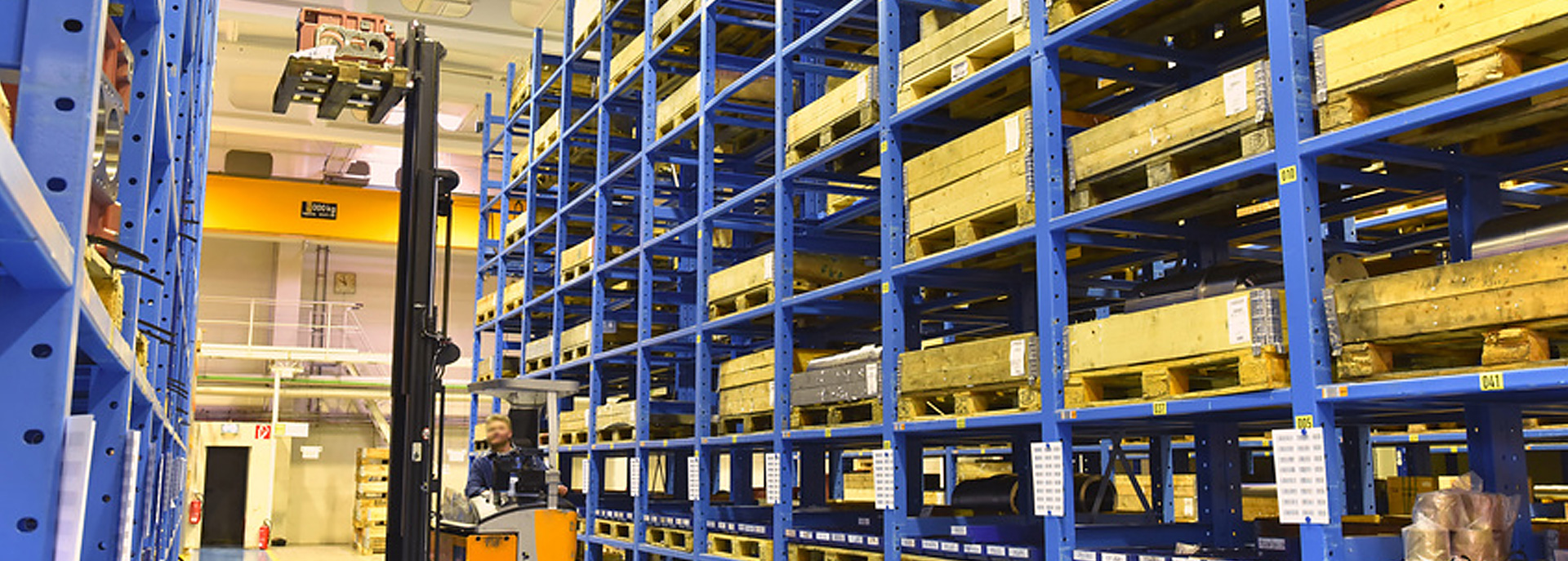Dielectric
Characteristics of the plastic film dielectrics
Characteristics of Metallized Film Capacitors in Comparison with Other Dielectrics
| PET | PP | PPS | NPO | X7R | Tantal | |
| Dielectric constant 1 kHz/23°C |
3.3 (positive as temperature rise) | 2.2 (negative as temperature rise) | 3.0 (very constant versus temperature) | 12...40 | 700...2000 | 26 |
| Operating temperature (°C) | -55...+105 (+125) | -55...+105 | -55...+140 | -55...+125 | -55...+125 | -55...+125 |
| Dielectric absorption (%) | 0.2...0,25 | 0.05...0,10 | 0.05 | 0.6 | 2.5 | n.a. |
| ΔC/C versus temperature (%) | ± 5 | ± 2.5 | ± 1.5 | ± 0.3 | ± 15 | ± 10 |
| ΔC/C versus voltage (%) | negligible | negligible | negligible | negligible | -20 | negligible |
| ΔC aging rate (%/h decreasing) | negligible | negligible | negligible | negligible | 2 | n.a. |
| Dissipation factor (%) 1 kHz 10 kHz 100 kHz |
0.8 1.5 3.0 |
0.05 0.08 0.25 |
0.2 0.25 0.5 |
0.10 0.10 0.10 |
2.5 - - |
8 - - |
| ESR | low | very low | very low | low | moderate | high |
| Ris (MΩ x µF) 25 °C 85 °C |
10000 1000 |
100000 10000 |
10000 1000 |
10000 1000 |
1000 500 |
100 10 |
| Capacitance range from pF to µF | 1000...680 | 27...400 | 10000...2.2 | 1...0.1 | 100...2.2 | 100000...1000 |
| Capacitance tolerance (+/- %) | 5/10/20 | 1/2.5/5/10 | 2.5/5/10/20 | 5/10 | 10/20 | 10/20 |
| Self-healing | yes | yes | yes | no | no | no |
| Typical failure mode at end of life | open | open | open | short | short | short |
| Reliability | high | high | high | high | moderate | low |
| Piezoelectric effect | no | no | no | no | yes | yes |
| Resistance to thermal and mechanical shock | low | low | low | moderate to high | moderate to high | low |
| Polarity | no | no | no | no | no | yes |
Polyester (Polyethylene-terephthalate)
Basic molecule

Typical graphs
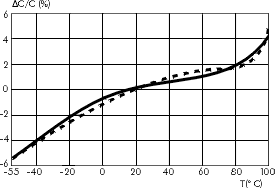 Capacitance change versus temperature
Capacitance change versus temperature
(f = 1 kHz) ( general guide)
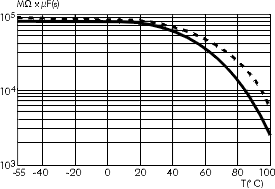 Insulation resistance change versus temperature
Insulation resistance change versus temperature
(general guide)
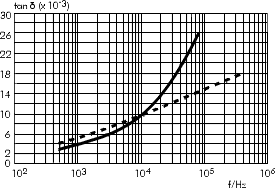 Dissipation factor change versus frequency
Dissipation factor change versus frequency
(general guide)
Max. working temperature: +125°C
Film thickness: > 0.7 µm
Production process: extruded, biaxially stretched
Manufacturing Process of Polyester Film
Extrusion

Bi-axial streching

Crystallisation
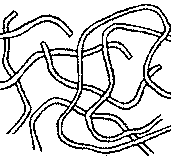 tangled, felted
tangled, felted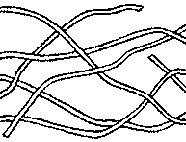 streched
streched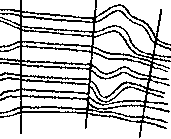 crystallised (cross-linked, knotted)
crystallised (cross-linked, knotted)
Fields of Applications for Polyester Capacitors
- Decoupling
- Coupling
- Blocking
Properties
- Advantageous price/performance ratio
- Advantageous capacitance/volume ratio
- Substitution of low quality electrolytic and tantal capacitors
Polypropylene
Basic molecule

Typical graphs
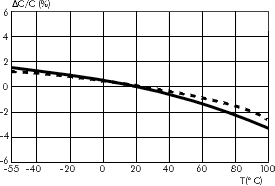 Capacitance change versus temperature
Capacitance change versus temperature
(f = 1 kHz) (general guide)
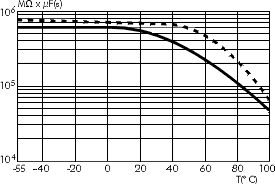 Insulation resistange change versus temperature
Insulation resistange change versus temperature
(general guide)
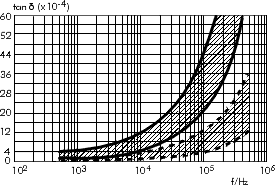 Disipation factor change versus frequency
Disipation factor change versus frequency
(general guide)
Max. working temperature: +105°C
Film thickness: > 4 µm
Production process: extruded, biaxially stretched
Manufacturing process of Polypropylene film
Extrusion

Bi-axial streching

Crystallisation
 tangled, felted
tangled, felted streched
streched crystallised (cross-linked, knotted)
crystallised (cross-linked, knotted)
Fields of Applications for Polypropylene Capacitors
- Sample and hold
- Oscillator circuits
- Resonating circuits
- Deflection systems
- Power supplies
- Converters
- Lighting
- Audio applications
Properties
- Lowest dissipation factor
- Constantly negative TKc
- Close tolerances up to 1%
